Food safety is integral to operating a successful food service operation, but also public safety. Learn more about cross contamination, cold and hot food safety, best practices for personal hygiene, and how to prevent foodborne illnesses.
Increase your knowledge and chances of passing an exam by studying with our free practice quiz:
Start Quiz
Select your Answers and click the Finish Button at the end – to see your results.
Results
Great Job! You are a food safety professional.
Sorry – You need more food safety training.
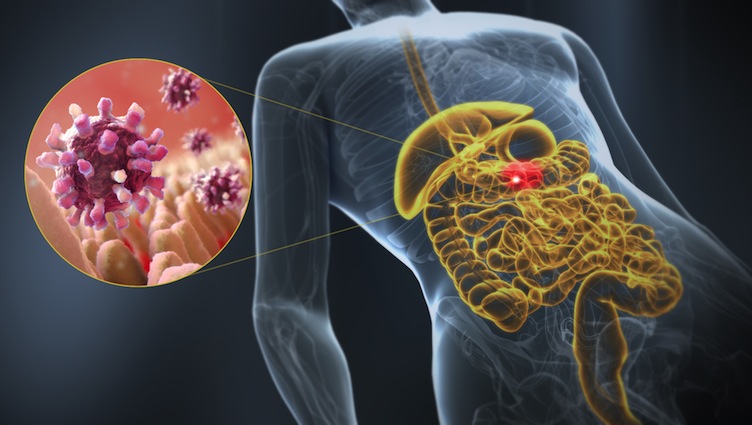


#1 The CDC estimates that roughly 48 million people get sick each year from a foodborne illness.
The CDC estimates that each year roughly 48 million people get sick from a foodborne illness, 128,000 are hospitalized, and 3,000 die.
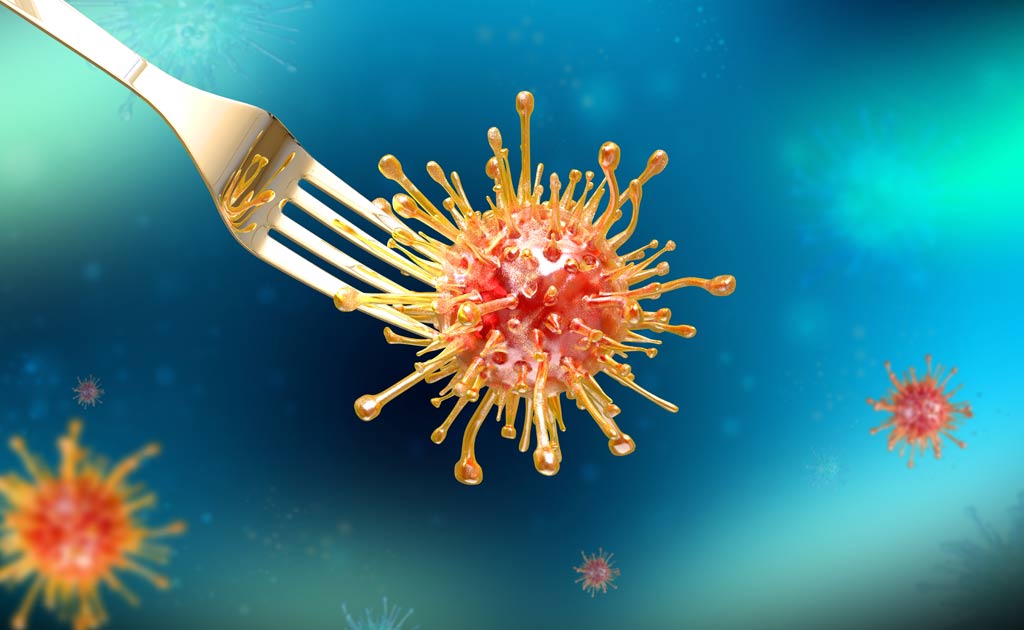


#2 What are the three types of food contamination?
The three types of food contamination are biological, chemical, and physical.
Biological hazards include bacteria, viruses, and parasites. Chemical hazards include natural toxins and chemical contaminants. Some natural toxins are associated with the food itself (i.e., certain mushrooms and shellfish). Food allergens are also considered a chemical hazard. Physical hazards can include metal shavings from cans and plastic pieces or broken glass.
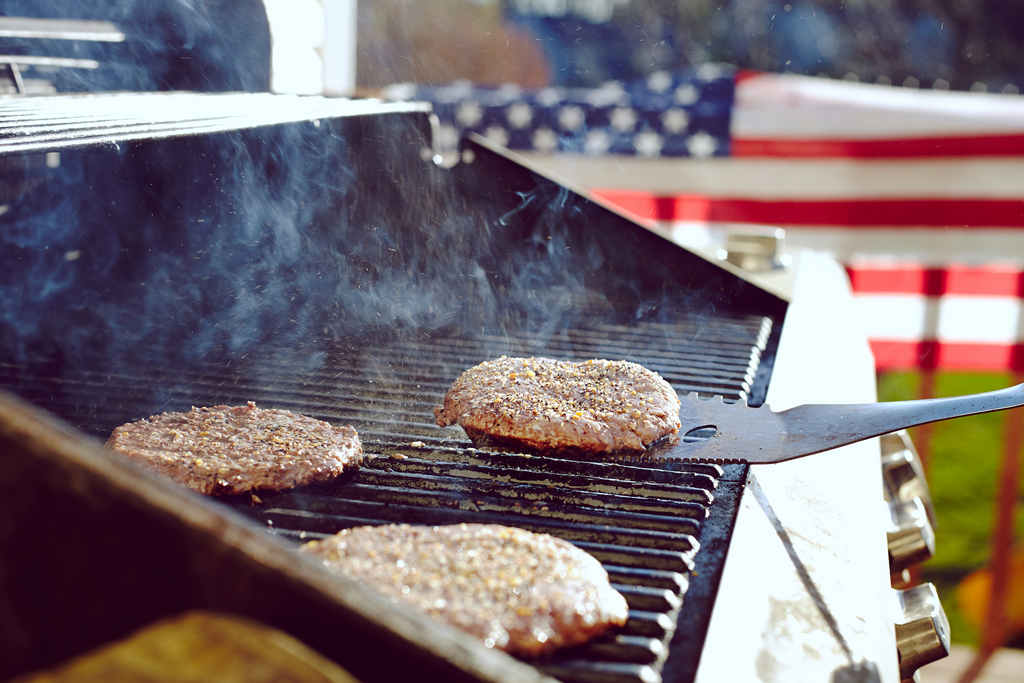


#3 What is the main reason foodborne illnesses increase during the summer months?
Foodborne illnesses increase during summer because not only does bacteria multiply faster in warmer temperatures, but preparing food outdoors makes safe food handling more challenging. Bacteria grow most rapidly in the range of temperatures between 41°F to 135°F (5°C to 57°C).
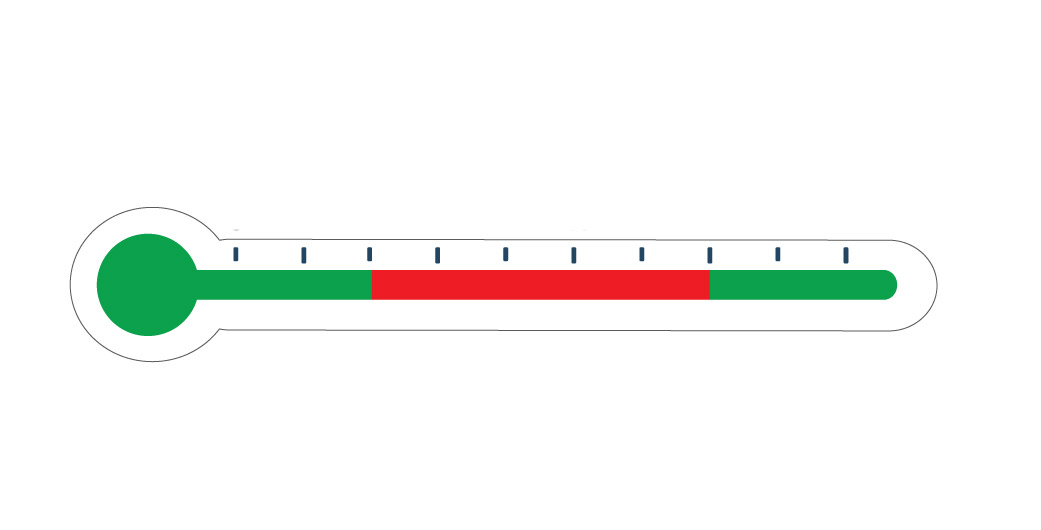


#4 What is the bacteria growth “Danger Zone” range of temperature?
Bacteria grows most rapidly in the range of temperatures between 40°F and 140°F, doubling in number in as little as 20 minutes.
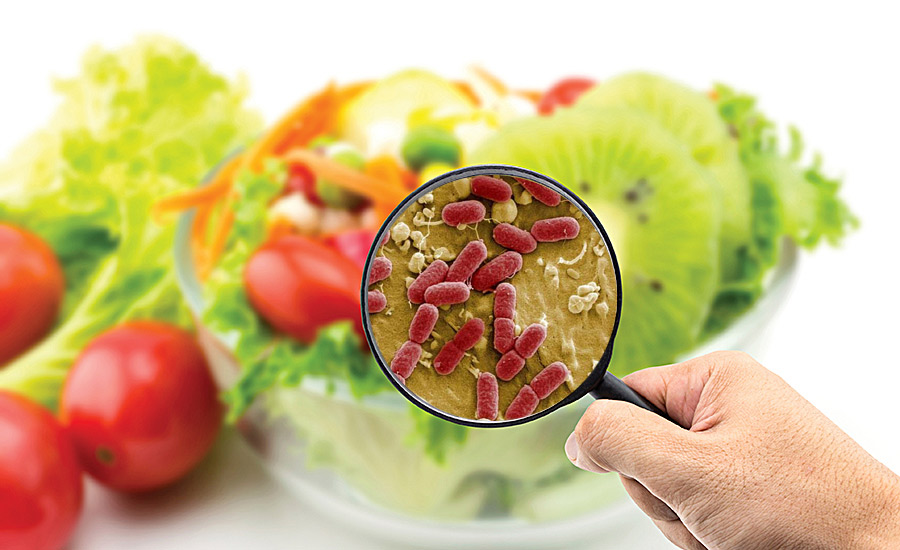


#5 What are the environmental conditions that support the growth of bacteria?
FAT TOM is a mnemonic device used in the food service industry to describe the six favorable conditions required for the growth of bacteria. It is an acronym for food, acidity, time, temperature, oxygen and moisture.



#6 Which of the following groups has the LOWEST RISK for foodborne illness:
Although foodborne illness can affect anyone, young adults are the least susceptible. Other groups have a greater risk, such as: infants, the elderly, cancer patients, diabetes patients, pregnant women, and other people with weakened immune systems, such as those with HIV/AIDS, diabetes, or an organ transplant.



#7 Which of the following pathogens is responsible for causing the greatest number of foodborne illnesses?
According to the CDC, noroviruses are the leading cause of foodborne illness. Norovirus illness spreads easily and is often called stomach flu or viral gastroenteritis.



#8 Food should be left at room temperature for no more than:
It is essential to limit the amount of time that foods are kept in the temperature danger zone (40°F – 140°F). A single bacterium can multiply to trillions in just twenty-four hours. The USDA recommends not to leave food within the temperature danger zone for over 2 hours – or bacteria can grow to harmful levels. If the temperature is above 90°F, food should not be left out more than 1 hour.



#9 Before or after handling food, hands should be washed with water and soap for at least:
According to FDA, you should use plain soap and water, rub your hands together to make a lather, and scrub them well for at least 20 seconds.
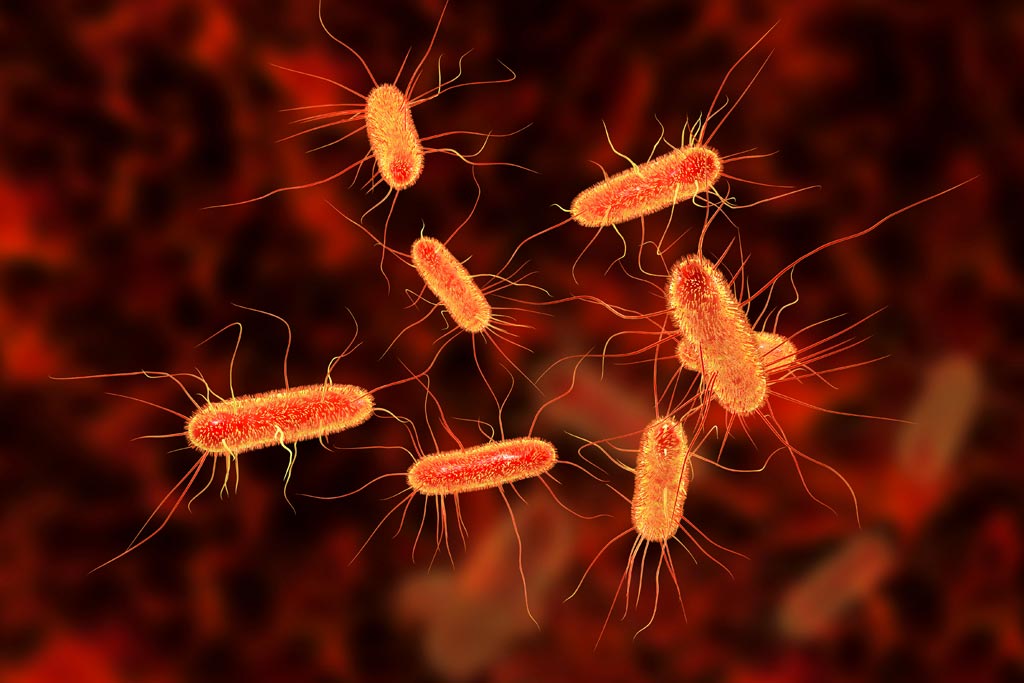


#10 According to the FDA, what are the 6 foodborne pathogens that are most contagious and severe?
The FDA lists over 40 types of bacteria, viruses, parasites, and fungi that contaminate foods and cause illness, but they have singled out 6 that are the most contagious and cause the most severe symptoms – Norovirus, Nontyphoidal Salmonella, Salmonella Typhi, E. coli, Shigella, and Hepatitis A. Food workers must report to their managers if they suspect they are ill with any of these pathogens.



#11 What is NOT a useful method to prevent cross-contamination?
Using any container will not matter if food is contaminated beforehand. Cross-contamination is the transfer of harmful substances or disease-causing microorganisms to food by hands, food-contact surfaces, sponges, cloth towels, and utensils that touch raw food, are not cleaned, and then touch ready-to-eat foods. Cross-contamination can also occur when raw food touches or drips onto cooked or ready-to-eat foods.
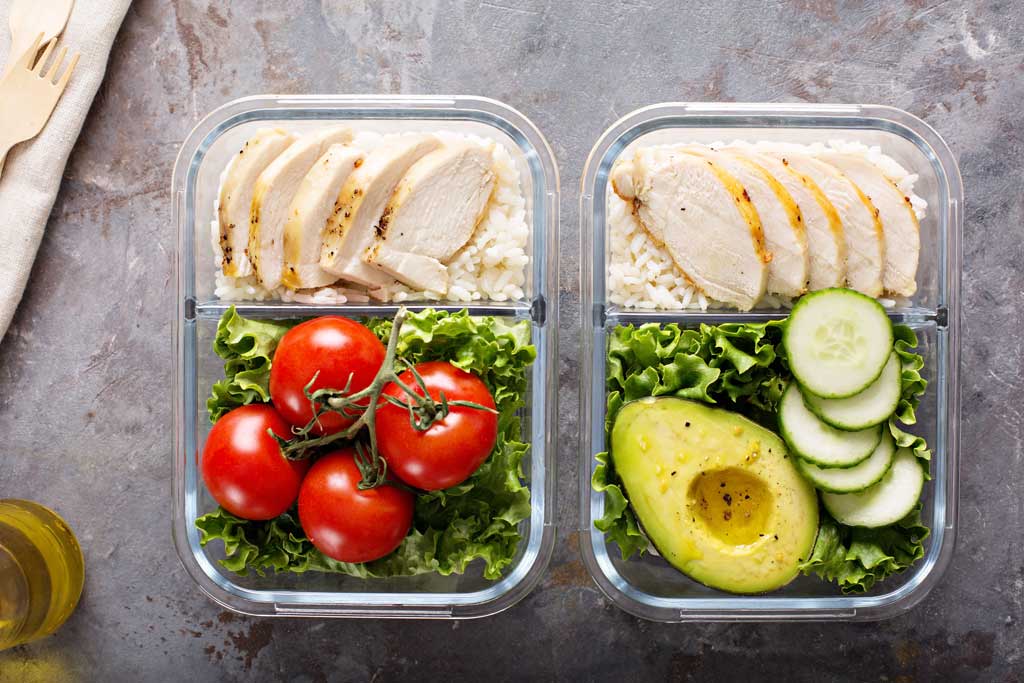


#12 What are TCS Foods?
TCS foods are foods that “require time/temperature control for safety (TCS) to limit pathogenic microorganism growth or toxin formation” and must be kept at temperatures ≤41°F or ≥135°F for safety. Formerly called “potentially hazardous foods” (PHF), these foods are typically neutral to slightly acidic, high in starch or protein, and moist – and include: dairy, raw meats, seafood and poultry, eggs, sprouts, cut/prepared fruits and vegetables, cooked rice, pasta and beans, and garlic/oil mixtures.



#13 Which of the procedures is the best method to ensure a safe environment for food preparation?
According to the USDA, the basic way to ensure a safe environment for food preparation is through the procedures: clean, separate, cook, and chill. By following these four basic steps, you can significantly reduce the chance for a foodborne illness.



#14 What is the minimum safe cooking temperature of chicken and poultry?
According to the USDA, cook all poultry (whole, pieces, and ground) to a minimum internal temperature of 165°F – as measured with a food thermometer.



#15 Which pathogen in raw poultry poses the greatest risk to foodborne illness?
Salmonella is the greatest risk found in raw poultry (domestic fowl, such as chickens, turkeys, ducks, and geese). Salmonella is a bacteria associated with poultry and egg products causing nausea, diarrhea, abdominal pain, fever, headache, chills, and prostration.



#16 What is the minimum safe cooking temperature for ground beef?
Cook all raw ground beef, pork, lamb, and veal to a minimum internal temperature of 160°F – as measured by a food thermometer.



#17 The only way to ensure food is cooked properly to kill harmful bacteria is to:
The only way to definitely know if food has been cooked to a safe internal temperature is to measure with a food thermometer.



#18 The pathogen most associated with undercooked beef and hamburger is:
E. coli is the pathogen most often associated with undercooked beef and hamburger Escherichia coli (E. coli) bacteria normally live in the intestines of healthy people and animals. When cattle are slaughtered and processed, E. coli bacteria in their intestines can get on the meat. If the pathogens are present when meat is ground, then more of the meat surface is exposed to the harmful bacteria.



#19 What is the minimum safe cooking temperature for pork?
The USDA recommends cooking pork to a minimum internal temperature of 145°F – as measured by a food thermometer.



#20 Which pathogen poses the greatest risk in raw chicken?
Salmonella is the greatest risk found in raw chicken. Salmonella bacteria live in the intestines of people, animals and birds. Most people are infected with salmonella by eating foods that have been contaminated by feces.



#21 What is the minimum safe cooking temperature of seafood?
According to the USDA, all seafood (fish, shellfish, crustaceans, etc.) should be cooked to an internal temperature of 145°F – as measured by a food thermometer.
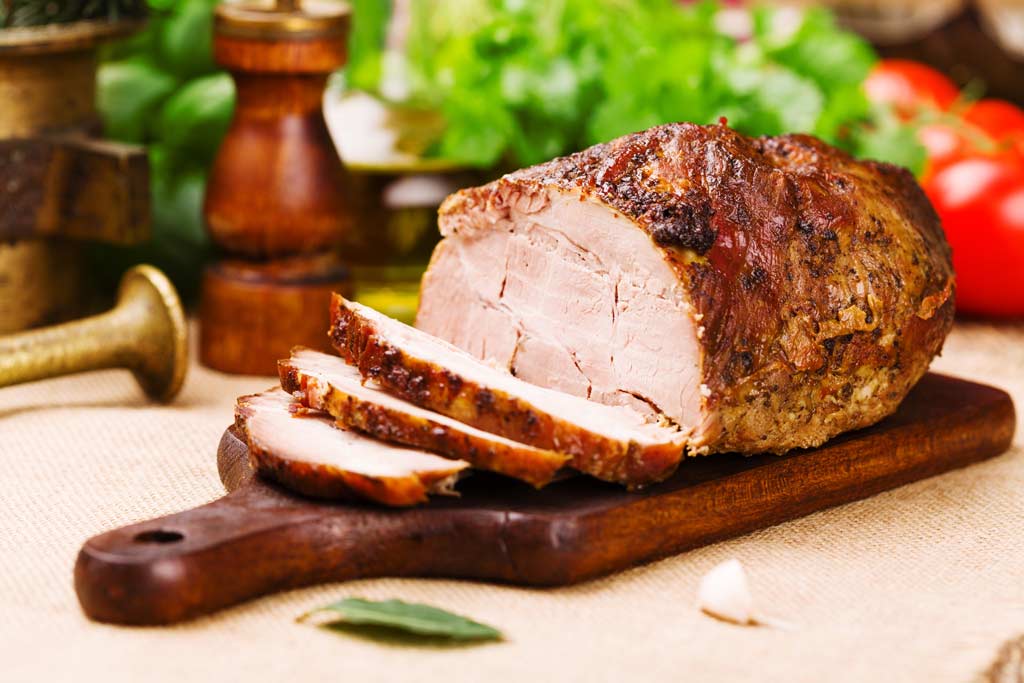


#22 What is the safe cooking temperature for pork roasts?
The USDA recommends cooking all raw pork steaks, chops, and roasts to a minimum internal temperature of 145°F and ground pork patties and mixtures (such as meat loaf) to 160°F – as measured with a food thermometer.
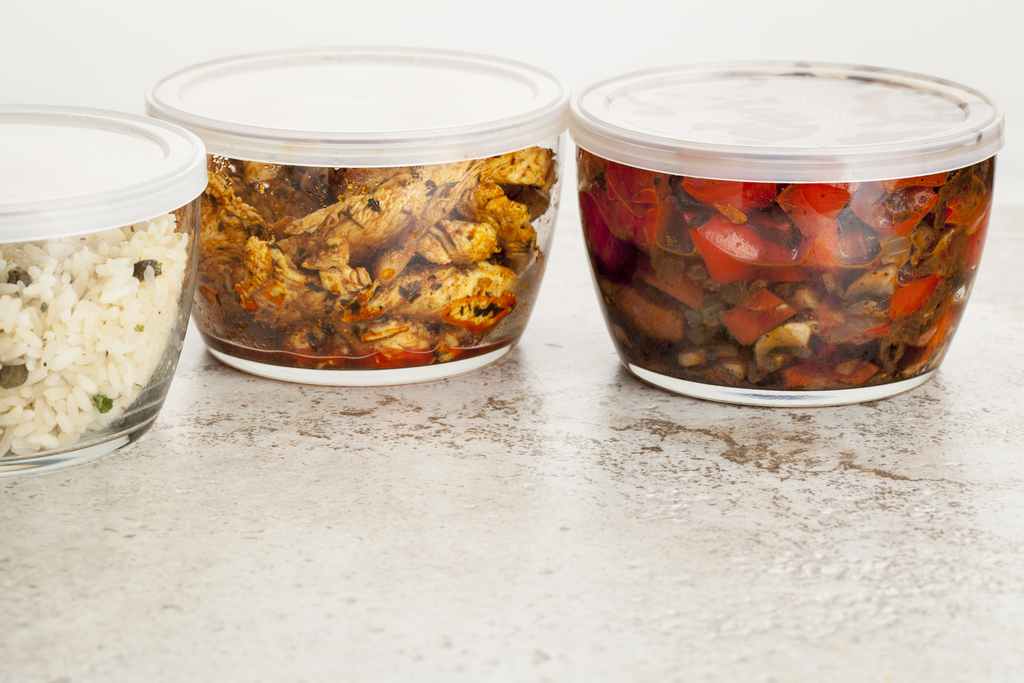


#23 How long can you safely keep leftovers in the refrigerator?
The USDA recommend that leftovers be only be kept for 3-4 days in the refrigerator. After that time, bacteria growth can cause food illness.
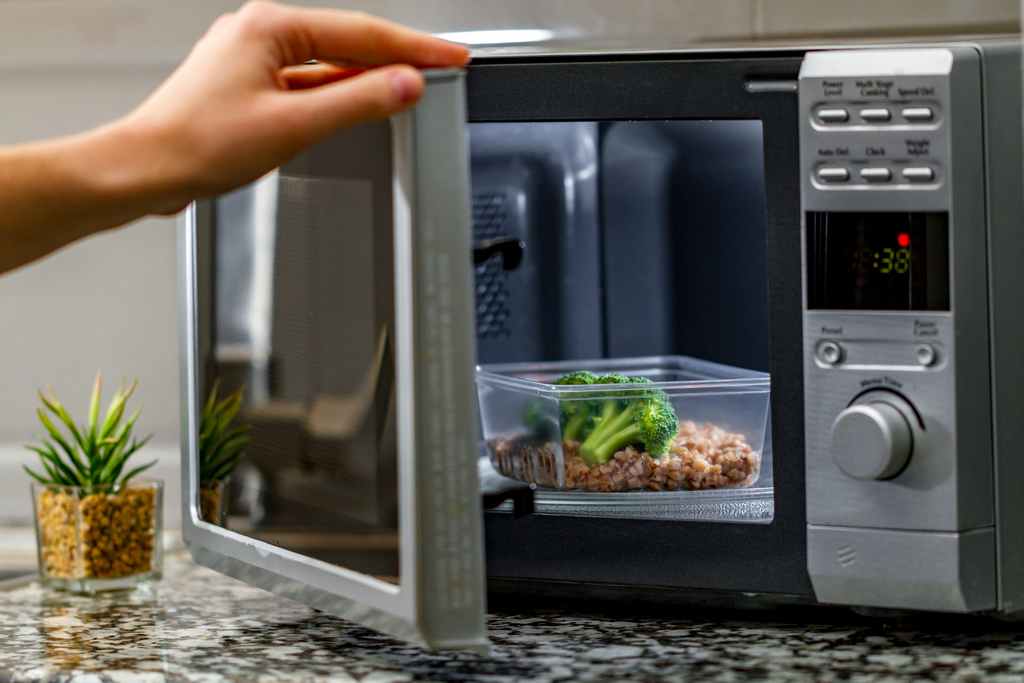


#24 What is the correct temperature for re-heating leftovers?
According to the USDA, leftovers need to be re-heated to an internal temperature of at least 165°F – as measured with a food thermometer – for 15 seconds or more – in order to kill any bacteria.
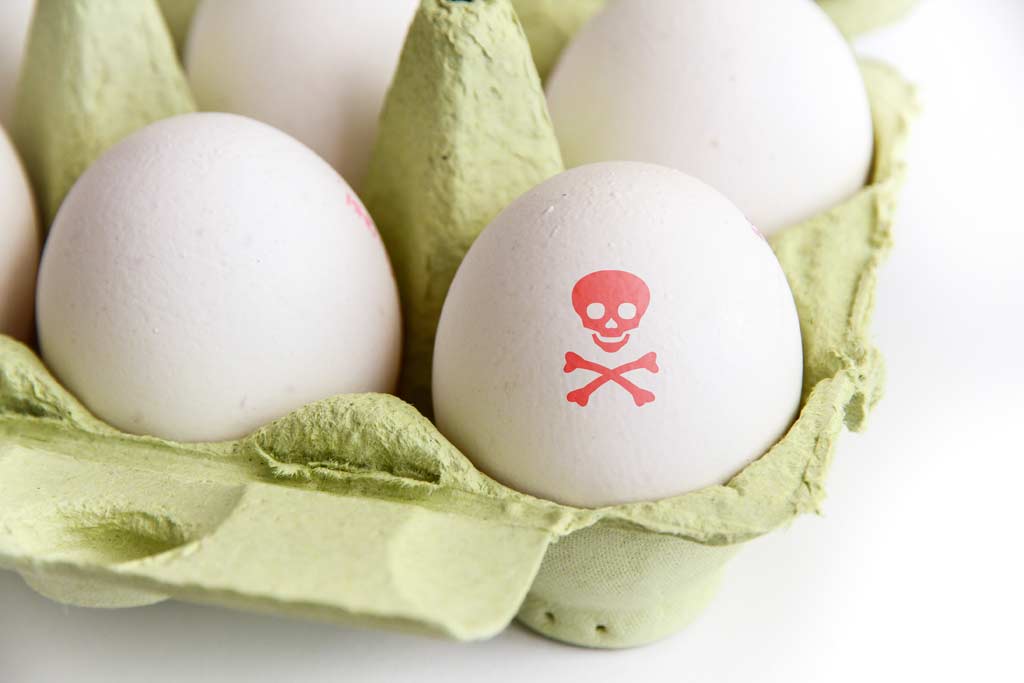


#25 Which pathogen is most likely to contaminate eggs?
Poultry can carry bacteria such as Salmonella that can contaminate the inside of eggs before the shells are formed. Eggs can also become contaminated from the droppings of poultry through the laying process or from the environment (e.g., contaminated poultry feed or bedding).



#26 What is food sanitation?
Food sanitation differs a bit from food safety, but they both have the same goal. Food safety is how to prevent foodborne illness. Food sanitation refers to the cleanliness of equipment and facilities to prevent foodborne illness.



#27 Which toxin-producing bacteria can multiply when leaving cooked rice or pasta sitting at room temperature for too long?
Once rice or pasta is cooked and begins to cool at room temperature, toxins can multiply quickly form a bacteria called Bacillus cereus. The bacteria release two types of toxins that each cause a different illness — one causes diarrhea while the other toxin elicits vomiting. Death has occurred in some very rare cases.
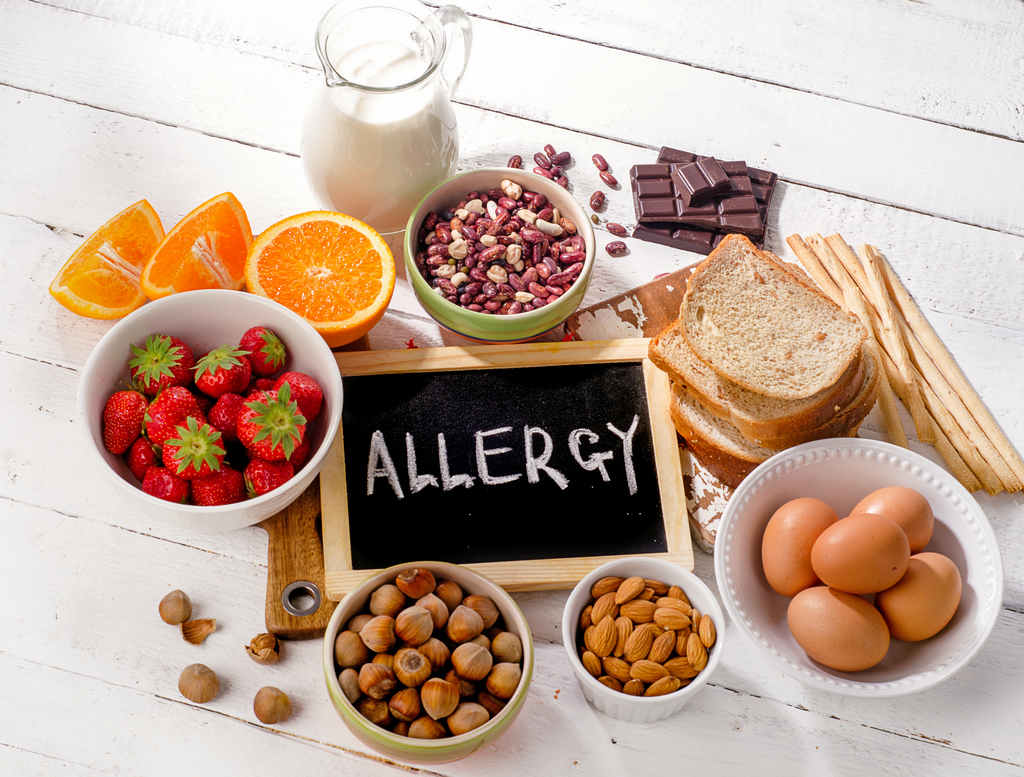


#28 Which food is NOT a major food allergen?
About 90% of all food allergy reactions occur in only 8 foods or food groups. The 8 major food allergens include: milk, eggs, fish, crustacean shellfish (lobster, crab, shrimp), wheat, soy, peanuts, and tree nuts – according to the U.S. Food Allergen Labeling and Consumer Protection Act (FALCPA).
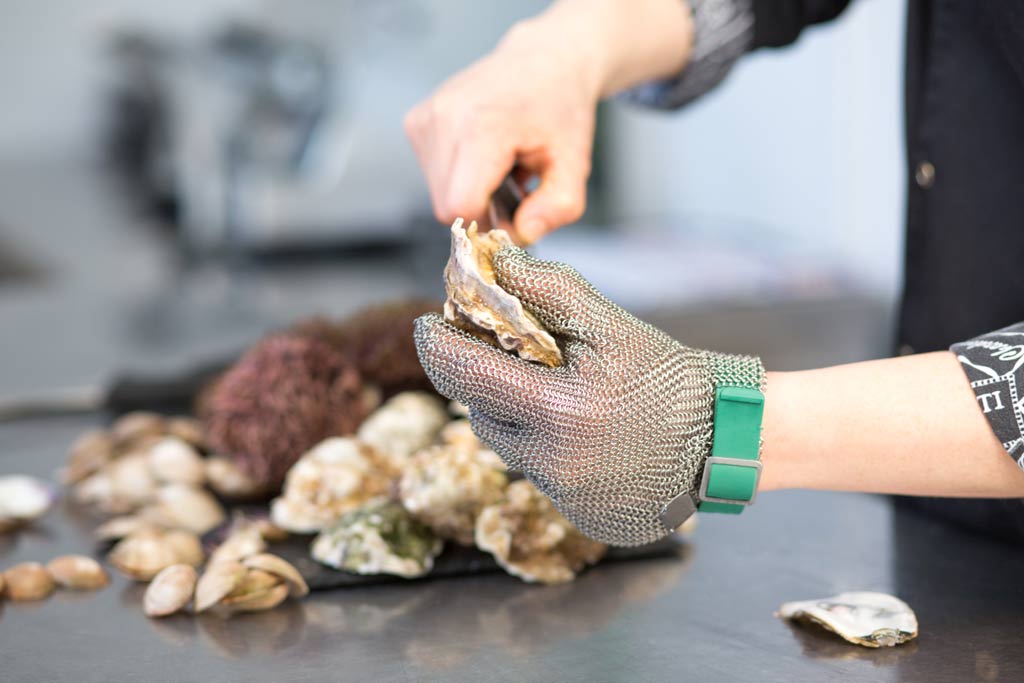


#29 What are the concerns with raw oysters?
Raw oysters and other raw shellfish (e.g. oysters, clams, mussels, etc.) can pose an increased risk to be contaminated – as they are filter feeders and become contaminated when their waters are polluted with raw sewage and bacteria such as E. coli, norovirus and Vibrio vulnificus. Likewise, shellfish can become contaminated by toxin-producing algae because of red tide (algal bloom) events.








